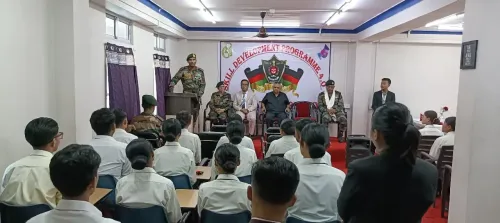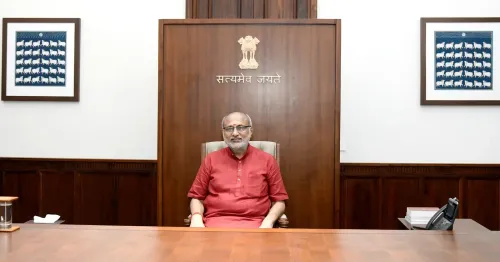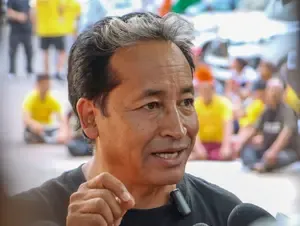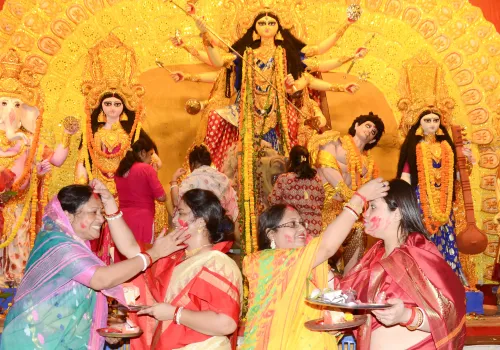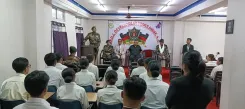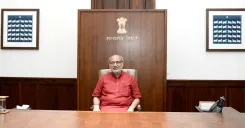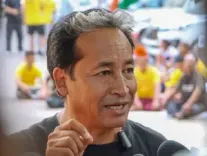How is e-Gram Vishwagram Empowering Rural Communities?
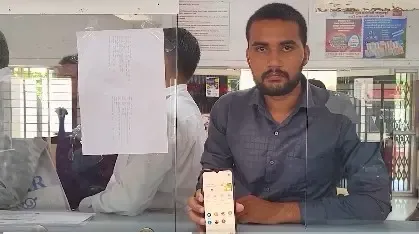
Synopsis
Key Takeaways
- e-Gram Vishwagram connects over 13,000 village panchayats.
- The initiative enhances digital access to government services.
- Digital India has surpassed 1 billion internet users.
- CSCs play a crucial role in delivering essential services.
- Empowerment through technology is reshaping rural India.
Ahmedabad, Oct 4 (NationPress) During his time as Chief Minister of Gujarat, Narendra Modi introduced a revolutionary development model that would eventually reshape the entire nation.
Central to this transformation is the 'Digital India' initiative, influenced by the vision behind the e-Gram Vishwagram project that he initiated while leading Gujarat.
On January 23, 2009, he unveiled the e-Gram Vishwagram scheme, linking over 13,000 village panchayats in Gujarat via broadband connectivity.
This program has been instrumental in reshaping the rural landscape of Gujarat, enhancing the accessibility of government services for villagers through digital platforms.
Prakash Thakor, Sarpanch of Vadtal Gram Panchayat in Kheda, stated that the e-Gram Vishwagram scheme has ushered in transformative changes in how rural communities access digital services.
The scheme has empowered Gujarat's village panchayats, enabling residents to utilize various government schemes and services with just a click.
Nilesh Patel, Taluka Development Officer in Nadiad, mentioned that 321 types of KYC documents, including death and life certificates, are now available digitally, simplifying access for citizens.
After taking on the role of Prime Minister, Modi further expanded this vision on a national scale.
On July 1, 2015, he launched the Digital India Mission, aiming to digitally empower India and connect even the most remote and underprivileged areas with digital resources.
Prime Minister Modi highlighted the mission's objective: to ensure that every citizen, irrespective of their location, can efficiently access digital resources and government services.
As a result of the 'Digital India' campaign, the number of internet users in India has exceeded 1 billion over the past decade.
Out of this, more than 420 million users hail from rural regions.
Furthermore, mobile phone subscriptions have surpassed 1.17 billion.
Additionally, there are over 581,000 Common Service Centres (CSCs) nationwide, with more than 452,000 situated in rural areas.
These advancements—from banking services and online transactions to the direct benefit transfer (DBT) of government funds to beneficiaries—have been facilitated by the 'Digital India' initiative.
Today, this campaign is not only empowering citizens but also fortifying India's digital economy.

